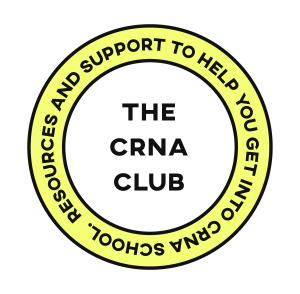
VASOPRESSORS
You’ll want to really understand as much as you can about the drugs you use on a daily basis in the ICU. We also use vasopressors in the OR, and we need to know that you understand the mechanism of action, dose, side effects and indications of the ones you use in the ICU.

GPCR BASICS
G-Protein Coupled Receptors are really a graduate level topic, but you may be familiar with the term if you are studying how many of the drugs you use on a daily basis in the ICU work!

HEMOSTASIS QUICK REVIEW
Let’s go over primary vs. secondary hemostasis, formation of the platelet plug, where some common drugs work like Plavix and NSAIDs, and of course DIC and a brief refresher of the clotting cascade.

LIVER QUICK REVIEW
In this lesson we discuss basic liver anatomy, the functions of the liver, its role in drug metabolism, and symptoms of cirrhosis.

RENAL QUICK REVIEW
Time to discuss the functions of the kidney, its role in acid base balance, and some different diuretics and where they work. Plus, BUN vs. creatinine, ADH, aldosterone, ANP, the RAAS system, and acute vs. chronic renal failure.

SYMPATHETIC VS. PARASYMPATHETIC
This is a brief overview of the sympathetic vs. parasympathetic system, let’s review the cholinergic crisis and anticholinergic syndrome.

NEURO ANATOMY
Time to review the cranial nerves! Plus cerebral perfusion, the Circle of Willis, and some spinal cord blood flow anatomy.

BLOOD PRODUCTS
In this refresher on blood products, we briefly review ABO compatibility, platelets, FFP and cryoprecipitate.

ELECTROLYTES + ACTION POTENTIAL
Let’s review the role of calcium, potassium, magnesium, and sodium in regards to the action potential, and also the treatment of hyperkalemia.

FLUIDS + ACID/BASE
Let’s discuss the difference between LR and NS, causes of acidosis and alkalosis, and the kidney’s role in our acid – base balance.

POSITIVE PRESSURE VENTILATION
This overview of basic positive pressure ventilation covers CPAP vs. BIPAP, physiologic effects of PPV, and some common vent settings that you probably use everyday.

VENTILATION
Let’s revisit the oxyhemoglobin dissociation curve, basic lung capacities and values, the capnography waveform, and ventilatory disorders like V:Q mismatch.

